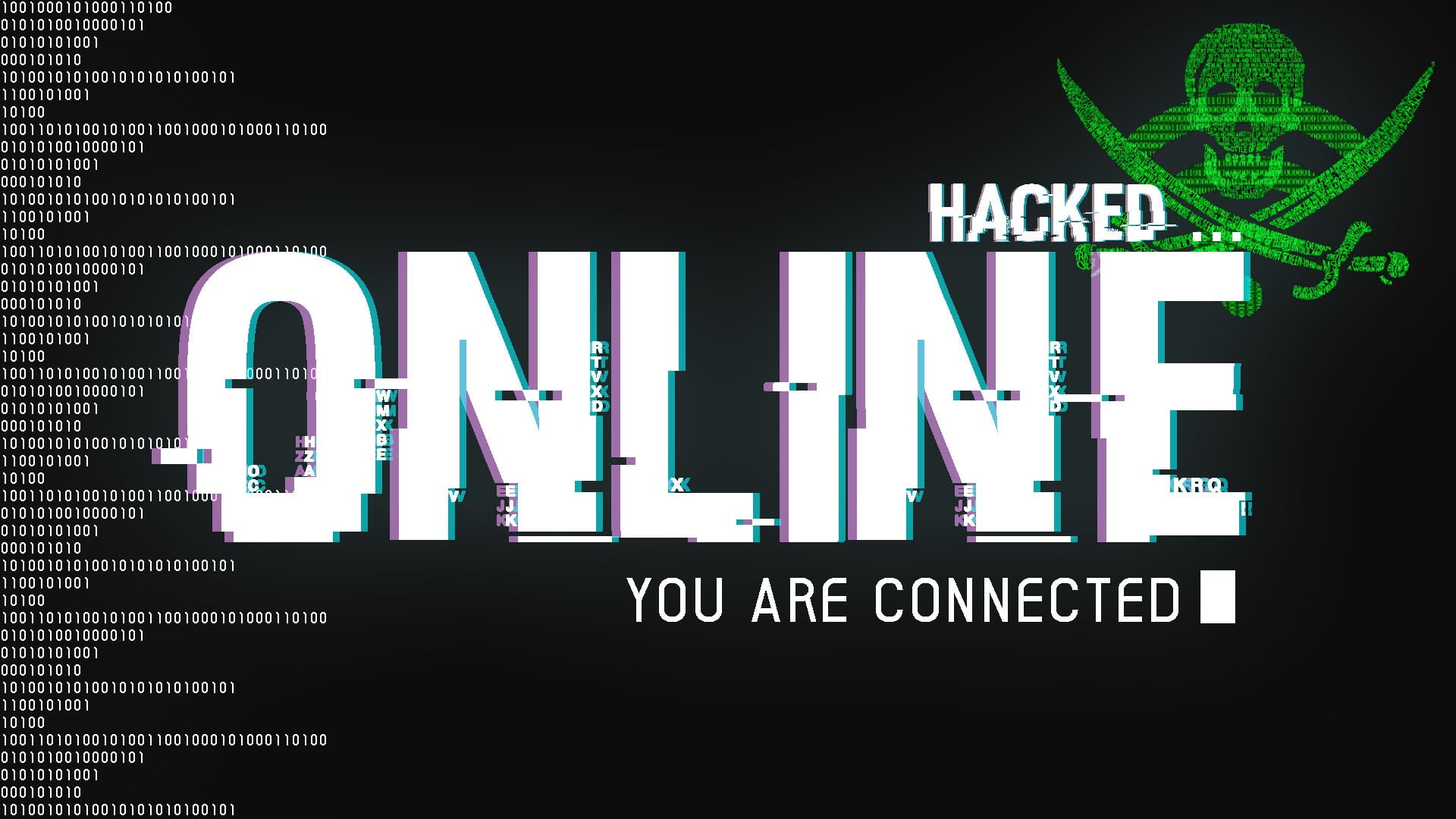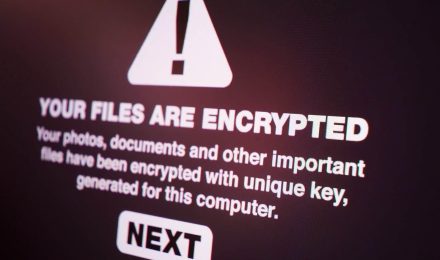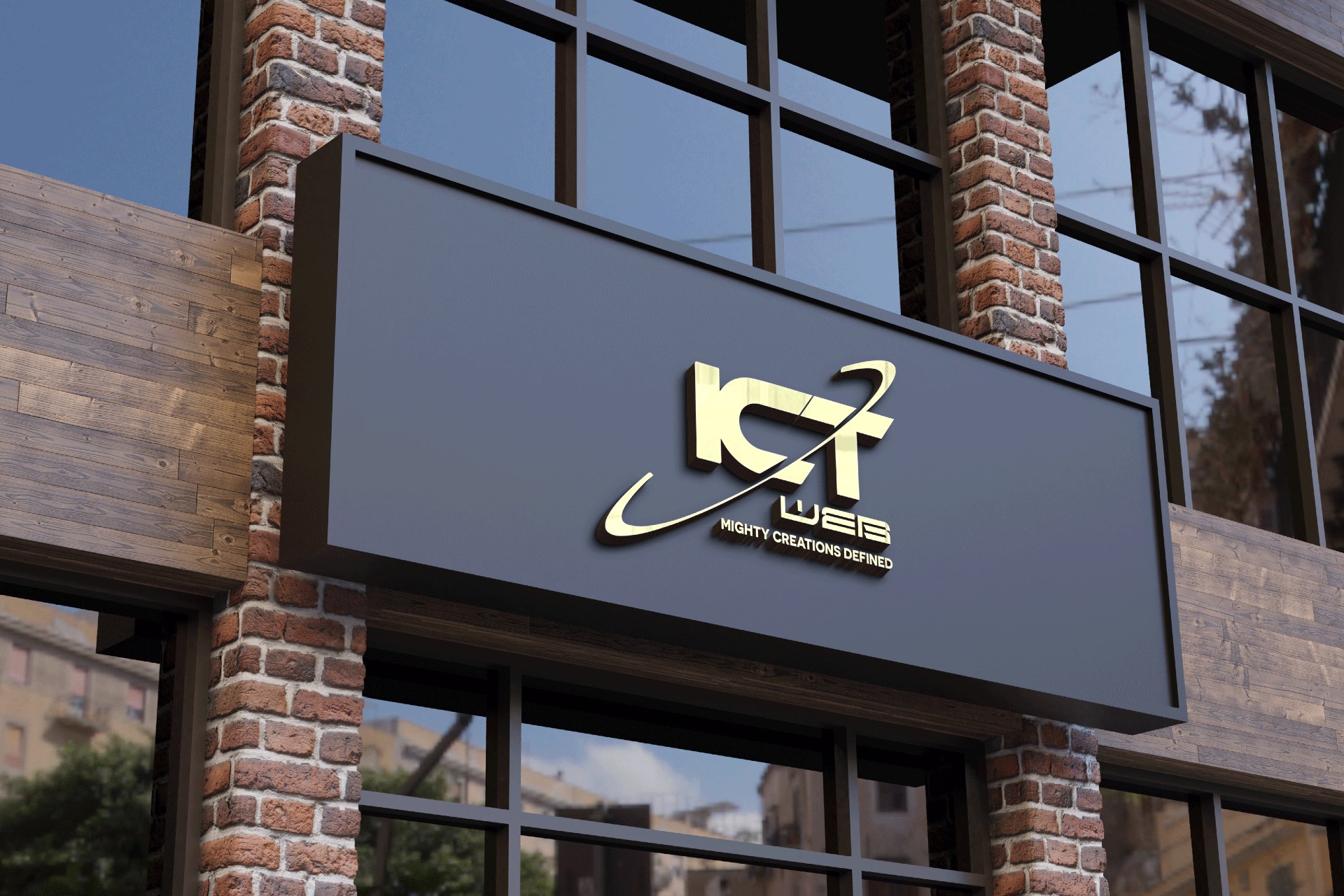
What Is Website security?
Website security refers to the measures taken to protect a website and its users from potential cyber threats, such as hacking, phishing, malware, and other malicious activities. As the ease of creating websites has increased, so has the responsibility for ensuring their security. With the advent of content management systems like WordPress and Joomla, more business owners have taken on the role of webmaster. However, many are not familiar with how to secure their websites.
Visitors expect a safe online experience, particularly when making online purchases or providing personal information. A recent report by Google Registry and The Harris Poll showed that while many Americans have created websites, they have a significant knowledge gap when it comes to online security. Despite the fact that 55% of respondents rated themselves as having a good understanding of online safety, 70% were unable to correctly identify a secure URL.
Website security is any action taken or application put in place to ensure website data is not exposed to cybercriminals.
Website security does not have to be a guessing game. By taking some simple steps, you can help keep your data, employees, and customers safe from prying eyes. While no method can guarantee your site will never be hacked, implementing preventative measures can reduce your site’s vulnerability.
Website security is both simple and complex, and there are at least ten essential steps you can take to improve it. It’s better to be proactive and ensure your site is secure, rather than waiting until it’s too late. So, take all necessary precautions to protect your customers’ information and leave no stone unturned. Here are some of the step to take and Improve your website security.
1. Stay Current with Software and Plugin Updates
Failure to keep software and plugins up-to-date is a common cause of website security breaches. Hackers and bots are constantly searching for vulnerable sites to exploit.
2. Keep Software And Plugins Up-To-Date
Updates are crucial for maintaining the security and stability of your website. If you ignore update requests, your site will become increasingly vulnerable to attacks. Take all software and plugin updates seriously and install them promptly.
Updates typically include security improvements and fixes for vulnerabilities. Monitor your website for updates, or install a plugin that will notify you when updates are available. Some platforms even offer the option of automatic updates, which can help ensure your site remains secure. Don’t wait too long to update your software and plugins. The longer you delay, the greater the risk to your website’s security. Make updating a top priority to keep your site safe and secure.
3. Add HTTPS and an SSL Certificate
Having an SSL certificate and HTTPS encryption is essential for the security and privacy of your website. An SSL certificate ensures that the data transmitted between your site and its visitors is encrypted, preventing hackers from accessing sensitive information such as passwords and credit card details.
Adding HTTPS and an SSL certificate to your site will also improve its credibility and ranking in search engine results. Browsers will display a padlock icon or “secure” label to indicate that a site is safe for visitors to use. Obtaining an SSL certificate is simple and affordable. Many hosting providers offer SSL certificates as part of their hosting packages, or you can purchase one from a trusted certificate authority. Don’t ignore the importance of HTTPS and an SSL certificate. Securing your website with these technologies is an essential step in protecting your site and your visitors’ sensitive information.
4. Optimize Password Security
With the plethora of websites, databases, and programs requiring passwords, keeping track can be a challenge. Many people resort to using the same password everywhere to make remembering easier, but this is a major security faux pas.
To safeguard your information, it’s crucial to create a unique password for each new login. Devise complex, random, and difficult-to-guess passwords and store them in a secure location outside of the website’s directory. As an example, you can opt for a 14-digit combination of letters and numbers as your password, and store it in an offline file, smartphone, or another computer.
When prompted for a login by your CMS, select a strong password that does not include any personal information such as your birthday or pet’s name. To keep your password unguessable, make it a random combination of numbers, symbols, uppercase and lowercase letters, and at least twelve characters long.
Remember to change your password every three months or sooner and never reuse or share it with anyone. As a business owner or CMS manager, ensure that all employees follow these best practices and change their passwords regularly.
5. Use a Secure Web Host
Consider your website’s domain name as a physical address. Now, consider the web host as the piece of online “real estate” where your website resides.
Just as you would research a piece of land before building a house on it, you must thoroughly evaluate potential web hosts to find the right one for you.
Many web hosts offer security features that enhance the protection of your website data. When selecting a host, there are a few things to look out for.
- Does the host provide a Secure File Transfer Protocol (SFTP)?
- Is FTP usage by unknown users disabled?
- Does it have a Rootkit Scanner in place?
- Does it offer file backup services?
- And, how well does it keep up with security upgrades?
Whether you choose SiteGround , Hostinger or HostGator as your web host, ensure that it provides the necessary security measures to keep your site safe.
6. Monitor User Access and Administrative Privileges
At the start, you may feel confident granting website access to several key employees with administrative privileges, trusting that they will handle it responsibly. However, this is not always the case. Employees often forget about website security when logging into the CMS and their main focus is on their assigned tasks. Their mistakes or neglect can result in a major security breach.
It is crucial to thoroughly vet your employees before granting them access to your website. Check their experience with your CMS and make sure they know how to avoid security risks. Train all CMS users on the importance of strong passwords and software updates. Make sure they understand the role they play in maintaining website security. Keep a record of who has access to your CMS and their administrative settings, and update it regularly.
Employees may come and go, and having a written record of who has access to your website and what they are responsible for is one of the best ways to prevent security breaches. When it comes to user access, be mindful and exercise caution.
7. Change Your CMS Default Settings
The majority of attacks against websites are automated and depend on users leaving their CMS settings unchanged. After selecting your CMS, it is important to modify the default settings right away. This will help reduce the likelihood of successful attacks. CMS settings may include modifying control comments, user visibility, and permissions.
One example of a default setting change you should make is with regards to ‘file permissions.’ You can adjust these permissions to specify who can access and make changes to a file. Each file has three permissions and a numerical representation for each permission:
- ‘Read’ (4): allows viewing of the file contents.
- ‘Write’ (2): allows changing of the file contents.
- ‘Execute’ (1): allows running of the program file or script.
To allow multiple permissions, add the numbers together. For example, to allow both read (4) and write (2), the user permission would be set to 6.
There are three types of users in addition to the default file permission settings:
- Owner – Usually the creator of the file, but ownership can be transferred. Only one user can be the owner at any given time.
- Group – Each file is assigned to a group, and users who are part of that group will have access to the group’s permissions.
- Public – Everyone else who is not part of the group.
It is important to customize user access and permission settings and not leave them as the default settings to avoid potential security issues.
8. Backup Your Website
Having a reliable backup solution is crucial for website security. In the event of a security breach, having multiple backup options can greatly aid in the recovery process. One important aspect of backups is to store them in a separate location from your website. This ensures that the backups are not vulnerable to the same security incidents as your website.
You can choose to backup your website on a home computer or hard drive, or in the cloud for easy access from anywhere.
Automating your backups is also important. Look for a solution that allows you to schedule regular backups and has a dependable recovery system.
To further increase the security of your backups, consider having multiple backups stored in different locations. This way, you can recover files from before the security incident occurred. Overall, it’s crucial to be diligent and have a solid backup plan in place to ensure that you can quickly recover your website in case of a security breach.
9. Know Your Web Server Configuration Files
It is important to familiarize yourself with your web server configuration files, which can be found in the root web directory. These files allow you to set server rules and implement security directives to improve the security of your website.
Different web servers use different file types. For example, Apache web servers use .htaccess files, Nginx servers use nginx.conf, and Microsoft IIS servers use web.config. If you are unsure about which web server your website uses, you can use a website scanner like Sitecheck to check for any potential security threats or errors.
Knowing the current state of your website security gives you the opportunity to fix any issues before they cause harm. Regular monitoring and maintenance of your web server configuration files is crucial to ensure the safety and security of your website.
10. Apply for a Web Application Firewall
WAFs also come with customizable rules and options to help protect against specific types of attacks, like SQL injection, cross-site scripting (XSS), and distributed denial of service (DDoS) attacks.
Additionally, WAFs use advanced techniques such as machine learning algorithms to identify and stop malicious traffic in real-time. Using a WAF is essential, especially for websites that handle sensitive information like personal or financial data. It adds an extra layer of security to your website, making it less vulnerable to attacks.
Make sure to choose a reputable WAF provider that offers excellent customer support and regular security updates. Also, ensure that the WAF is compatible with your website’s technology stack, including your web server, CMS, and programming language. Remember, a WAF is not a substitute for other website security measures like regularly updating your software, using secure passwords, and limiting user access. Implement a WAF as part of a comprehensive website security strategy.
11. Tighten Network Security
Encrypt sensitive data. Data encryption secures information and makes it unreadable to anyone who does not have the encryption key. You can encrypt files and emails to protect sensitive information.
- Use strong passwords. Choose passwords that are at least 12 characters long, contain upper and lower case letters, numbers, and symbols. Avoid using easily guessable information like your name, birthdate, or address.
- Keep software up-to-date. Regularly check and update software, including operating systems and browser plugins. These updates often contain security patches that fix vulnerabilities in the software.
- Educate employees on cyber security. Teach employees about the dangers of phishing scams, social engineering, and other common types of cyberattacks. Make sure they know how to spot and report suspicious activity.
- Implement a security policy. Define and enforce security policies for all employees, including guidelines for using office computers, accessing sensitive information, and handling confidential data.
- By following these steps, you can help prevent unauthorized access to your network and protect your website from cyber threats.
Regularly monitoring your website for vulnerabilities and updating software and plugins can also help improve security. Having a secure SSL certificate and encrypting sensitive information can also help protect against data breaches. It’s important to stay informed about new security threats and best practices, and to take action quickly if a vulnerability is discovered.
Take the next step in optimizing your IT solutions. Whether it’s cybersecurity, software development, SEO, managed IT services, website development, or graphic design, we’re here to assist you. Contact us today at + (256) 781 353987 or drop us an email at [email protected]. Let’s embark on a journey towards innovation and excellence together!






